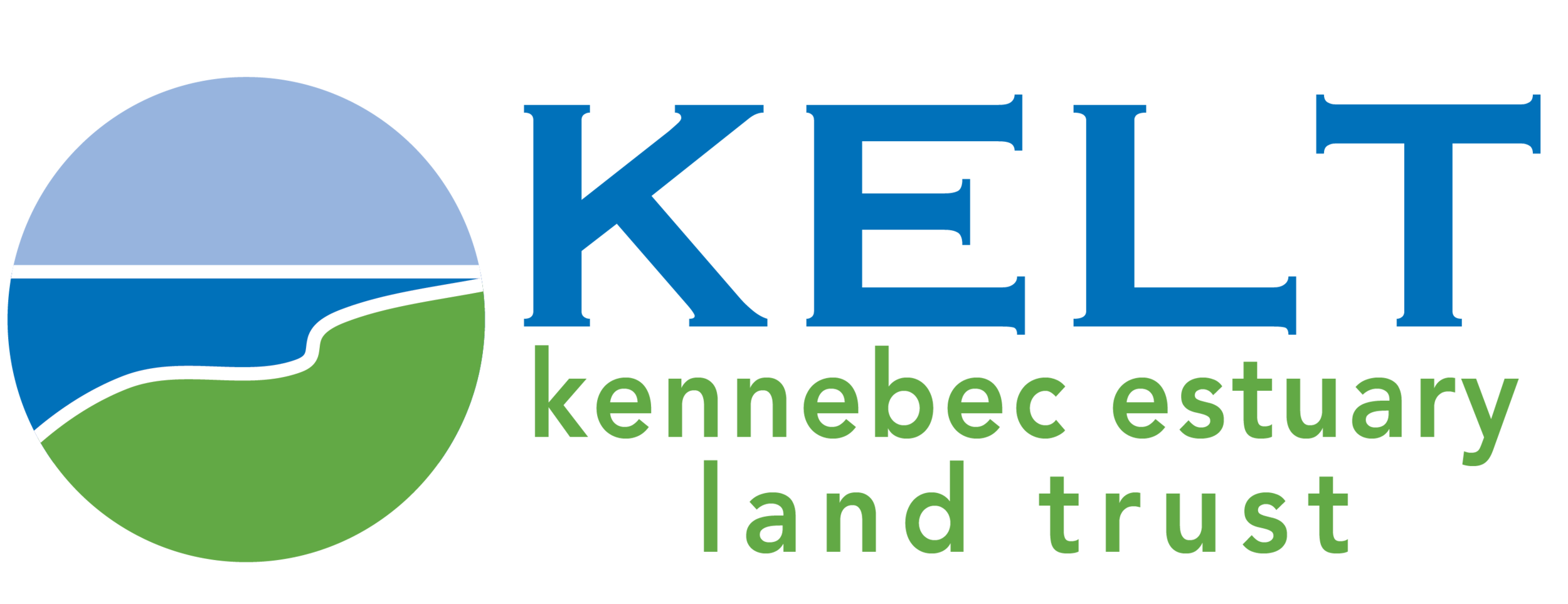50 Years of Earth Day
Habitat Conservation
Each year on April 22nd, Earth Day is celebrated around the globe. Here at KELT, every day is Earth Day as we focus on preserving land and habitat. KELT works to conserve a plethora of habitats, different types of forests, wetlands, and grasslands. By doing so, we can ensure future generations experience the plants, wildlife and natural beauty that defines where we choose to live, work, play and raise our families. Habitat matters and here are three recent land conservation projects that safeguard important places that build habitat connectivity, protect notable habitat types, and preserve habitat for threatened wildlife.
Linking Areas of Protected Habitat
The varied habitats at the 246-acre Lilly Pond Community Forest provide vital homes for many species. The freshwater wetland on the property is an important habitat for wood ducks, frogs, and nesting birds of prey. Patches of dense hemlock forest create havens for songbirds, squirrels, and deer. Two key characteristics make Lilly Pond stand out as an important, on-going conservation project: the preserve’s connectivity with neighboring, wild habitat and its vast recreational opportunities. Expanding this conservation area by protecting bordering, undeveloped land builds a ‘wildlife corridor’ in south Bath for plants and wildlife to move and thrive alongside people enjoying the trails.
Conserving Unique Natural Communities &
Observing How They Change
The newly acquired 17-acre parcel of untouched habitat on Westport Island serves as a wildlife preserve and significant ecological observation area. The bog contains primarily black spruce trees and peat, a marshy soil made from decayed vegetation. This type of habitat is common further inland, but unique to coastal Maine. As a result, this location presents an excellent opportunity to study the impacts of climate change as we observe how this fragile habitat adapts over time and with changing conditions.
Preserving Homes for Wildlife
KELT’s newly opened Red Rose Preserve in Bowdoinham is a 62-acre property consisting of mixed-deciduous forest, wetlands and 20 acres of open agricultural fields. Within these agricultural fields, Bobolinks and other grassland birds breed in the summer. Bobolinks are remarkable long-distance migrants that make the nonstop transoceanic journey from New England to their wintering grounds in South America in just a few days. Due to the multifaceted threats facing Bobolinks, including habitat loss, intensification of agriculture and climate change, their populations are declining rapidly across the globe, including Maine where they are classified as a Species of Greatest Conservation Need.



